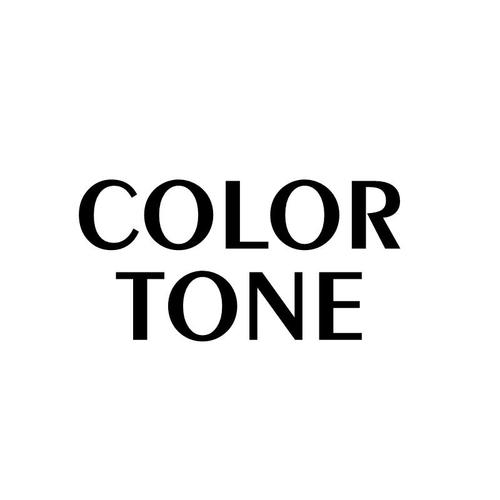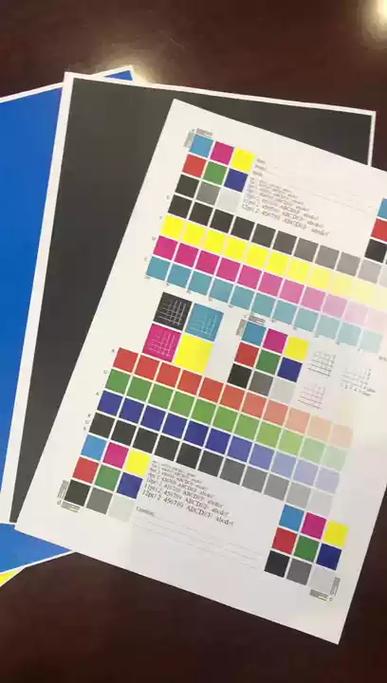Understanding Tone and Color: A Comprehensive Guide for You
Have you ever wondered about the significance of tone and color in various contexts? Whether it’s in art, technology, or everyday life, these elements play a crucial role in shaping our perceptions and experiences. In this article, we will delve into the intricacies of tone and color, exploring their definitions, applications, and the impact they have on our lives.

What is Tone?
Tone refers to the quality of a sound or color that distinguishes it from others. In the context of sound, tone can be described as the pitch, timbre, and volume of a particular sound. Similarly, in the realm of color, tone refers to the specific hue, saturation, and brightness of a color.
Let’s take a closer look at the different aspects of tone:
| Aspect | Description |
|---|---|
| Pitch | The perceived frequency of a sound, which determines whether it is high or low. |
| Timbre | The unique quality of a sound that allows us to distinguish between different instruments or voices. |
| Volume | The perceived loudness of a sound, which can range from soft to loud. |
What is Color?
Color is the visual perception of light, and it plays a significant role in our daily lives. Colors can evoke emotions, convey messages, and enhance the aesthetic appeal of objects and environments.
Here are some key aspects of color:

| Aspect | Description |
|---|---|
| Hue | The specific color we perceive, such as red, blue, or green. |
| Saturation | The intensity or purity of a color, ranging from desaturated (dull) to saturated (vivid). |
| Brightness | The perceived lightness or darkness of a color, which can be adjusted to create various effects. |
Applications of Tone and Color
Tone and color have a wide range of applications across various fields. Let’s explore some of the most notable ones:
Art and Design
In art and design, tone and color are essential elements that contribute to the overall composition and aesthetic appeal of a piece. Artists and designers use these elements to convey emotions, create depth, and guide the viewer’s attention.
For example, warm tones like red and orange are often associated with passion and energy, while cool tones like blue and green are associated with calmness and serenity.
Technology
In technology, tone and color play a crucial role in user experience and interface design. Devices like smartphones, computers, and televisions utilize color and tone to provide a visually appealing and intuitive user interface.
For instance, the Adaptive Color Tone feature on Samsung Galaxy S24 series smartphones adjusts the color and white balance based on environmental lighting conditions, enhancing the overall visual experience.
Everyday Life
In everyday life, tone and color have a significant impact on our emotions and well-being. The colors we surround ourselves with can influence our mood, productivity, and overall happiness.
For example, studies have shown that certain colors, such as blue and green, can help reduce stress and improve concentration, while red and orange can stimulate energy and appetite.
Conclusion
Tone and color are two essential elements that shape our perceptions and experiences in various contexts. By understanding their definitions, applications, and the impact they have on our lives, you can appreciate the beauty and significance of these elements in art, technology, and everyday life.




